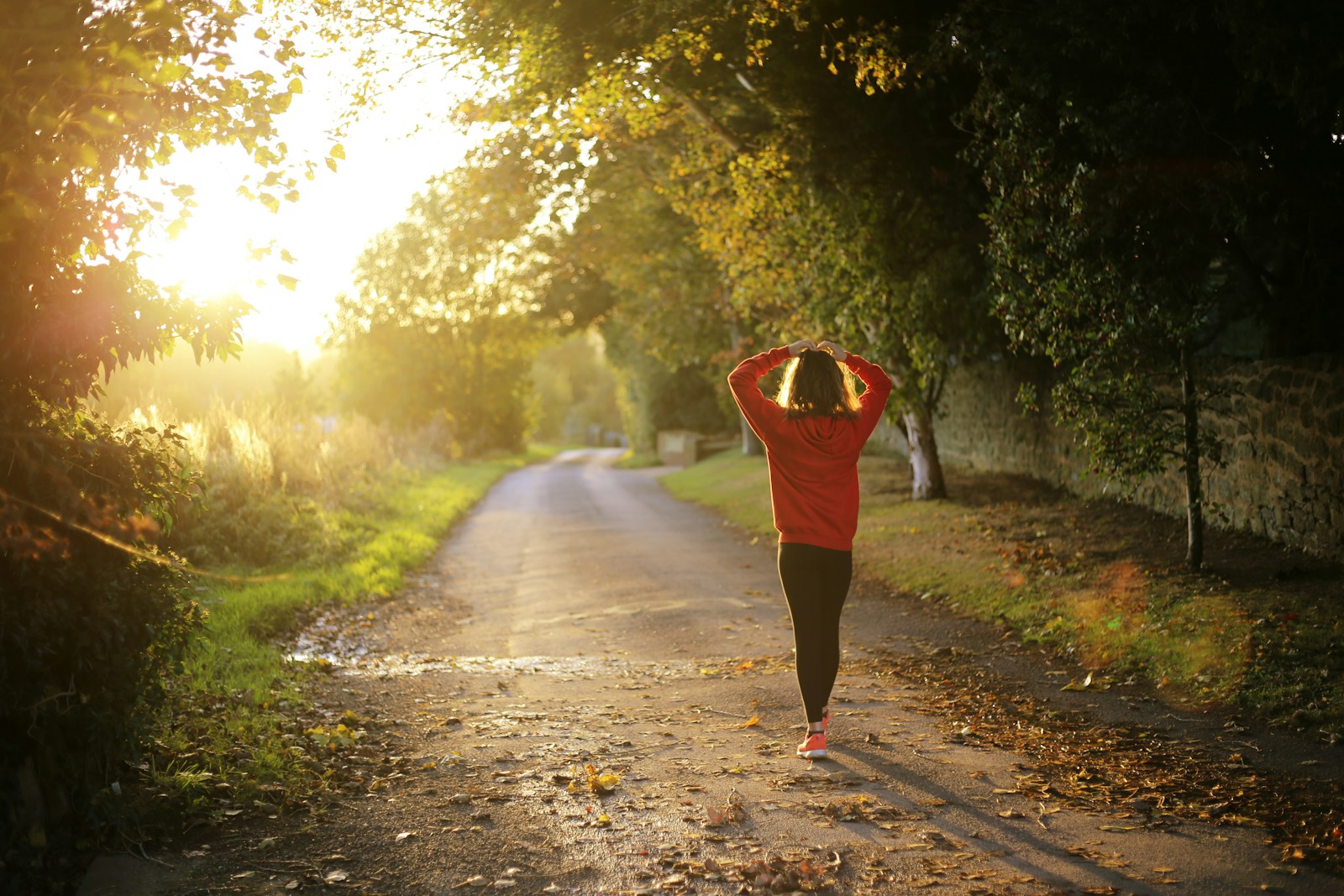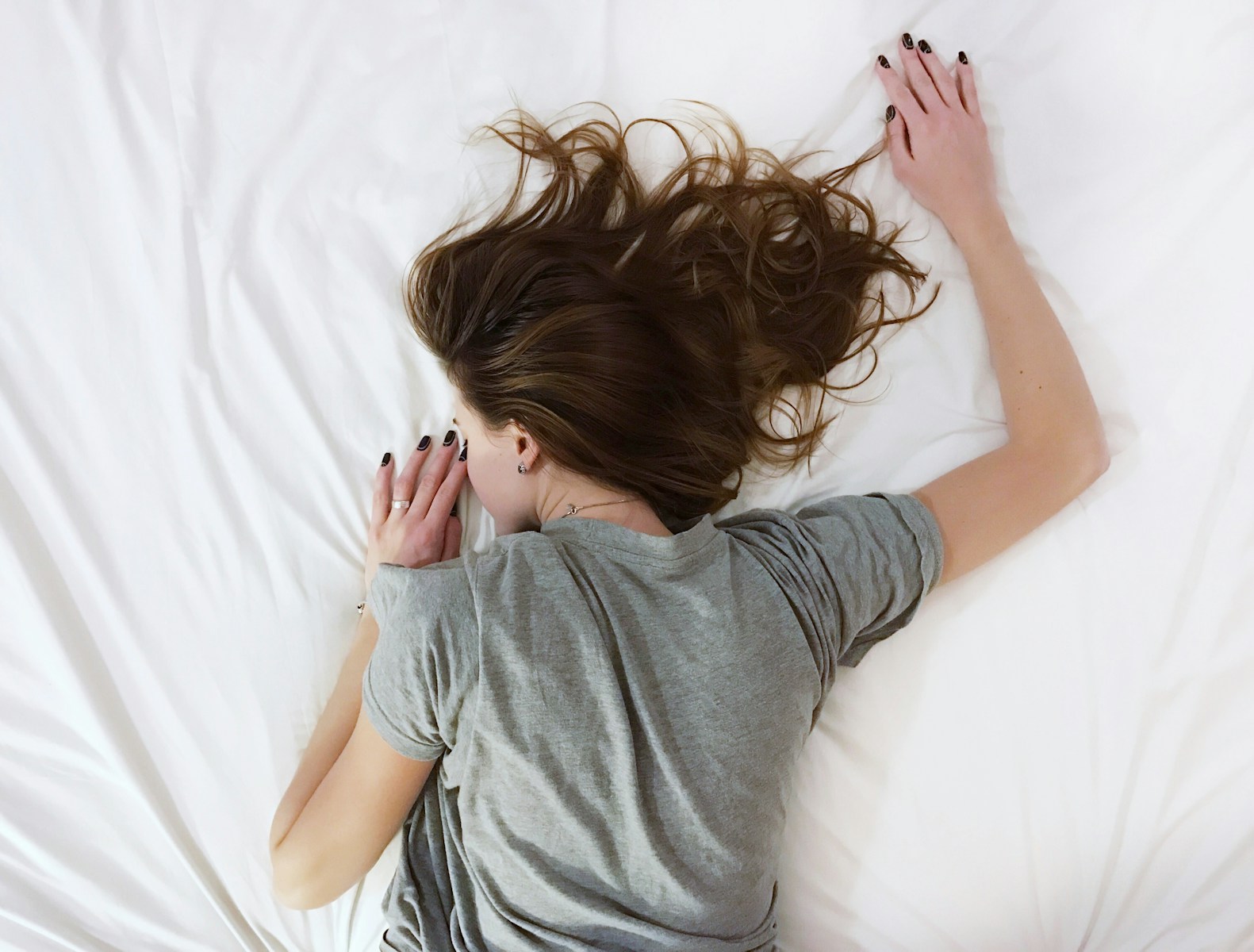Parasomnias are a category of sleep disorders involving abnormal behaviors, emotions, perceptions, or movements that occur while falling asleep, during sleep, or upon waking. These events can be disruptive and sometimes frightening, both for the individual experiencing them and for observers. Parasomnias are typically grouped into two categories based on sleep stages: non-REM (NREM) parasomnias and REM parasomnias.
This article explains common types of parasomnias—including night terrors, sleepwalking, sleep talking, and REM sleep behavior disorder—along with their causes, symptoms, and treatment options.
Types of Parasomnias
1. Night Terrors (Sleep Terrors)
What They Are:
Night terrors are episodes of intense fear, crying, screaming, and flailing while still asleep. They often occur during deep NREM sleep, usually within the first few hours after falling asleep.
Common Symptoms:
– Sudden arousal from sleep with a scream or cry
– Rapid heart rate, sweating, and hyperventilation
– Open eyes with a glassy or blank stare
– Unresponsiveness to comfort or attempts to wake the person
– No recollection of the event the next morning
Who’s Affected:
Most common in children aged 3–12 but can occur in adults.
Causes/Triggers:
– Sleep deprivation
– Stress or anxiety
– Fever or illness
– Medications or substances affecting the central nervous system
2. Sleepwalking (Somnambulism)
What It Is:
Sleepwalking involves getting up and walking around while in a state of partial arousal from deep NREM sleep. Episodes range from simple, aimless wandering to more complex behaviors—like preparing food or even leaving the house.
Common Symptoms:
– Blank or glassy-eyed expression
– Unresponsiveness during the episode
– Difficulty waking the person
– Limited or no memory of the event
– Risk of injury due to unsafe behaviors
Who’s Affected:
Mostly occurs in children but can also affect adults, especially those under stress or lacking sleep.
Causes/Triggers:
– Genetic predisposition
– Sleep deprivation
– Alcohol or medication use
– Sleep apnea or other sleep disorders
3. Sleep Talking (Somniloquy)
What It Is:
Sleep talking involves speaking or making sounds during sleep without being aware. The content can range from mumbling or gibberish to complex sentences and emotional expressions.
Common Symptoms:
– Audible speech or noises during sleep
– Usually harmless and short-lived
– Person is unaware and typically has no memory of speaking
Who’s Affected:
Can occur at any age, but more common in children and males; may accompany other sleep disorders.
Causes/Triggers:
– Stress, anxiety
– Fever or illness
– Sleep deprivation
– Certain medications
4. REM Sleep Behavior Disorder (RBD)
What It Is:
REM sleep behavior disorder causes individuals to physically act out vivid, often violent dreams due to a loss of normal muscle paralysis during REM (rapid eye movement) sleep.
Common Symptoms:
– Talking, yelling, or screaming in sleep
– Punching, kicking, or jumping out of bed
– Potential for injury to self or bed partner
– Vivid dream recall upon awakening
Who’s Affected:
Most common in older adults (especially men over 50); may be linked to neurodegenerative diseases like Parkinson’s.
Causes/Triggers:
– Neurological disorders (e.g., Parkinson’s disease, Lewy body dementia)
– Withdrawal from alcohol or sedatives
– Use of antidepressants
– Brainstem lesions or injury
5. Sleep Paralysis
What It Is:
Sleep paralysis occurs when a person wakes up but temporarily cannot move or speak. It is caused by a disruption between REM sleep and wakefulness.
Common Symptoms:
– Inability to move or speak while waking or falling asleep
– Lasts seconds to minutes
– Awareness of surroundings
– May be accompanied by hallucinations and intense fear
Who’s Affected:
Can affect anyone, but more common in teens and young adults. Often associated with narcolepsy.
Causes/Triggers:
– Sleep deprivation
– Irregular sleep schedules
– Stress
– Sleeping on the back
Diagnosis and Treatment
Diagnosis:
To diagnose parasomnias, sleep specialists may:
– Take a detailed sleep and medical history
– Use sleep logs or diaries
– Conduct a polysomnography (overnight sleep study)
– Rule out other conditions like epilepsy, sleep apnea, or psychiatric disorders
Treatment Options:
Treatment depends on the type and severity of the parasomnia:
– Improving sleep hygiene (regular schedules, calming bedtime routines)
– Managing stress and anxiety
– Treating underlying conditions (e.g., sleep apnea, PTSD)
– Medications (e.g., benzodiazepines, antidepressants for REM issues)
– Safety measures (locking doors, removing sharp objects)
When to Seek Help
Consult a healthcare provider or sleep specialist if:
– Parasomnias are frequent or severe
– There’s a risk of injury
– The episodes cause significant distress or daytime sleepiness
– Behavior worsens or changes over time
Final Thoughts
Parasomnias can be unsettling, but many are harmless and may diminish over time, especially in children. Understanding these sleep disorders and taking appropriate steps—including seeking medical support when needed—can reduce their impact and ensure a safer, healthier sleep for everyone involved.



